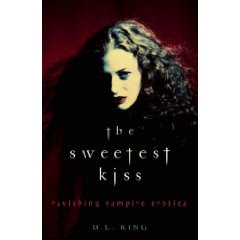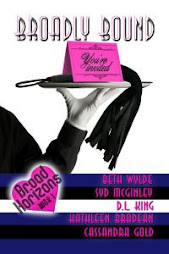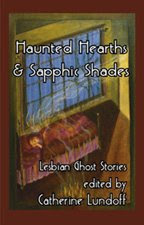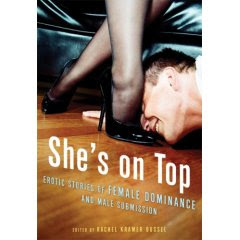Tomorrow, January 24, the current installment of my Writing This Novel series goes live on the ERWA blog. I started keeping a side journal as I wrote Night Creatures, but now in real time I've finished the fourth (final) draft while part III of the series is only up to the middle of the first draft.
I say final draft even though I keep going in and futzing around with words and phrases here and there - to the extreme annoyance of my beta reader. That's how I know it's a final. When I'm clarifying themes, I'm done. When I'm changing one word in a sentence from cage to prison and back to cage again, it's time to start working on my submission packet. Pretty much, if I'm at the point where I absolutely hate my novel and can almost recite the entire stupid thing from memory, it's time to send it to a publisher.
Even though I have six or seven months of blog entries for this series, there are things I don't have room to talk about, so I thought I'd expand on part IV here. In part IV, I will talk about (did talk about. I love straddling time lines. 'Wibbly wobbly timey wimey stuff' indeed!) the difference between my first and second drafts. The first draft is 'throw it all down and deal with the problems later.' Second draft is 'it's later, bitch.'
My first draft had two big problems. One was the timeline. When you read a book, it seems as if the story unfolds in a fated manner, as if that's the way it's meant to be and it couldn't be different, but as a writer, you know nothing is set in stone. But how do you know if a scene needs to be moved? I'm not sure I can tell you. It's instinctual storytelling.
The timeline issue was easily fixed, sort of. Just send the characters to Prague first instead of later on. Cut and paste, right? Uh, no. Now the trip is at the beginning of their adventure and they don't know each other as well. Subtle things such as the way they touch or even the rhythm of their conversations had to be adjusted. Bigger questions such as 'do they know this yet?' had to be addressed. Everything is cumulative in a story. It flows forward. If you move something after the first draft, you have to make sure you've re-established that continuity, flow, and forward momentum.
The other major change I brought to the second draft was the elimination of two secondary characters. Many first novels have far too many characters. As I said (will say) in part IV, you aren't Cecil B DeMille. Cut your cast. So I did. I cut my cast. But I already had a very limited cast of characters to begin with. Why did I trim two more? They were distracting and I didn't trust their motivations, in that their motivations seemed to serve plot rather than come organically from them as characters. I don't like two-dimensional characters and I don't write plot driven stories, so they had to go. Again, I can't tell you how I sensed they were a problem or why I decided to cut them rather than flesh them out. Sometimes I wish there were formulas or proofs for this sort of thing.
Anyway, part III is up tomorrow over at ERWA and I'll post it here a few days later. Part III is about the dealing with the middle of the novel, which is where most writers give up. It's a bit of a downer, but hey, due to the dual time lines we have going on here, you can read about me struggling through the murk in the middle while already knowing that I made it through! It's a bit like jumping forward to read the last page of the book. Cheating? Yes, but I won't tell anyone you did it.
Wednesday, January 23, 2013
Subscribe to:
Post Comments (Atom)















.jpg)










No comments:
Post a Comment